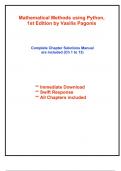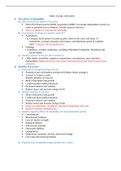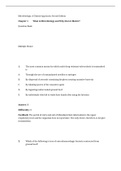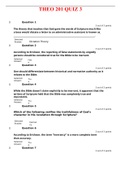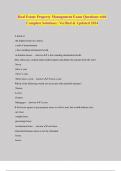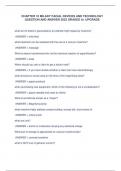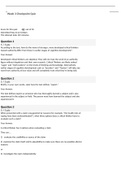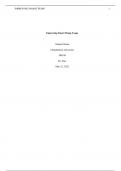Exam (elaborations)
Solutions for Mathematical Methods using Python, 1st Edition Pagonis (All Chapters included)
- Course
- Institution
Complete Solutions Manual for Mathematical Methods using Python, 1st Edition by Vasilis Pagonis; Christopher Wayne Kulp ; ISBN13: 9781032278360. (Full Chapters included Chapter 1 to 13).... Chapter 1: Introduction to Python. Chapter 2: Differentiation. Chapter 3: Integration. Chapter 4: Vectors. C...
[Show more]
